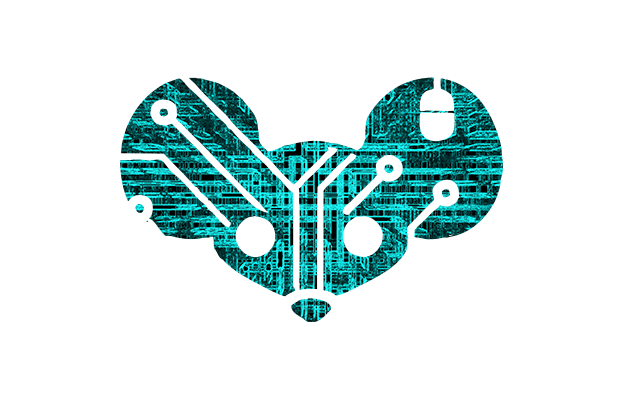As we all know, AC won the “War of the Currents”. The reasoning behind this is that AC voltage is easy to convert up/down with just a ring of iron and two coils. And high voltage allows us to transport current over longer distances, with less loss.
Now, the War of the Currents happened in 1900 (approximately), and our technology has improved a lot since then. We have useful diodes and transistors now, we have microcontrollers and Buck/Boost converters. We can transform DC voltage well today.
Additionally, photovoltaics produces DC naturally. Whereas the traditional generator has an easier time producing AC, photovoltaic plants would have to transform the power into AC, which, if I understand correctly, has a massive loss.
And then there’s the issue of stabilizing the frequency. When you have one big producer (one big hydro-electric dam or coal power plant), then stabilizing the frequency is trivial, because you only have to talk to yourself. When you have 100000 small producers (assume everyone in a bigger area has photovoltaics on their roof), then suddenly stabilizing the frequency becomes more challenging, because everybody has to work in exactly the same rhythm.
I wonder, would it make sense to change our power grid from AC to DC today? I know it would obviously be a lot of work, since every consuming device would have to change what power it accepts from the grid. But in the long run, could it be worth it? Also, what about insular networks. Would it make sense there? Thanks for taking the time for reading this, and also, I’m willing to go into the maths, if that’s relevant to the discussion.


A lot of power blocks rectify the AC and then shift the DC voltage anyway, because transformers are bulky and heavy. This is why power bricks are so much smaller now than they used to be. See the modes section of the Wikipedia page about AC adapters for a longer explanation.